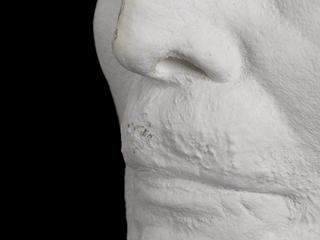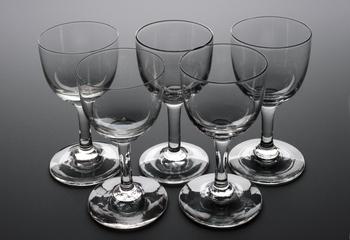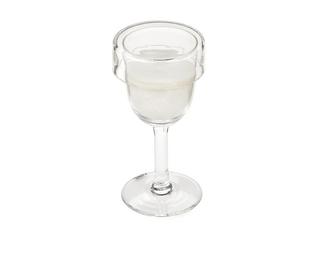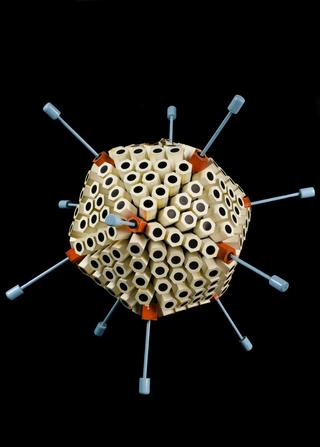
Chamberland filter, France, 1875-1884
- maker:
- Louis Pasteur
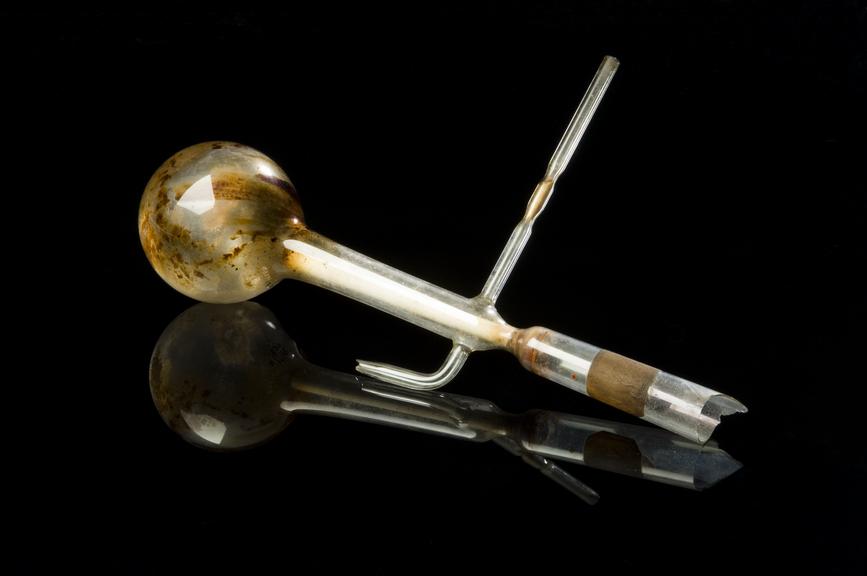
Chamberland filter used by Pasteur and Chamberland in work on anthrax and chicken cholera
This type of filter was invented by Charles Chamberland (1851-1908), a French microbiologist and colleague of Louis Pasteur. Chamberland showed that porous materials such as porcelain, when slightly heated, can keep hold of fine particles in suspension. By placing a piece of porcelain in a glass tube he created a sterilisation process for liquids which worked better than contemporary techniques. It was also useful for purifying water. Louis Pasteur (1822-1895) and Chamberland worked together studying chicken cholera and anthrax, two diseases which had had a huge impact on French agriculture, killing large numbers of animals. They used the Chamberland filter in their experiments, which were based on the germ theory of disease.
Details
- Category:
- Microbiology
- Collection:
- Sir Henry Wellcome's Museum Collection
- Object Number:
- A63374
- Materials:
- flask, glass and filter, pottery
- Measurements:
-
overall: 81 mm x 281 mm x 161 mm, .09kg
- type:
- filter
- credit:
- Institut Pasteur
